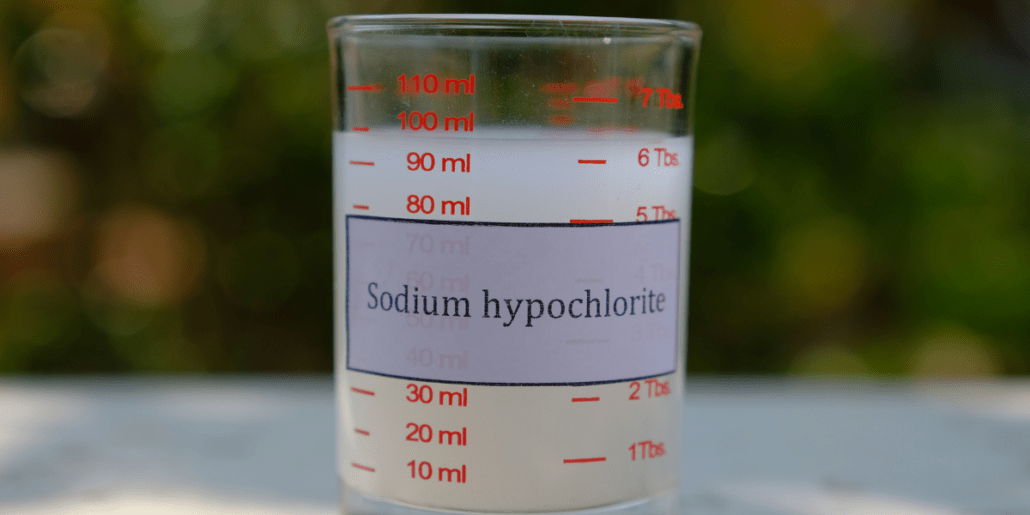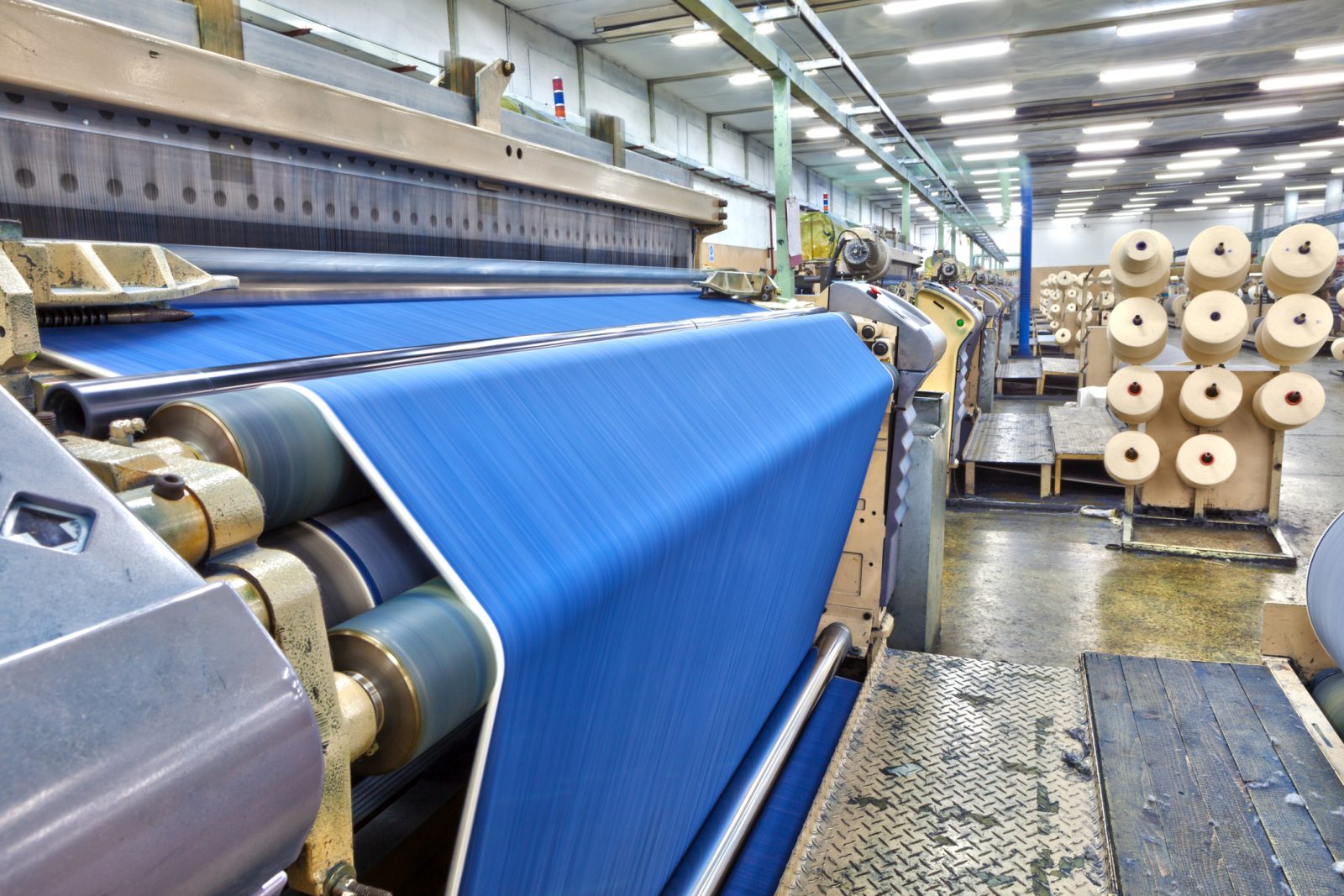Sodium hypochlorite (NaClO), an inorganic compound renowned for its strong oxidizing properties, stands as a cornerstone in bleaching, disinfection, and industrial processes. Its ability to break down pigments and eliminate harmful microorganisms makes it an indispensable agent across diverse fields, from household cleaning to large-scale manufacturing.

The Science Behind Its Bleaching Power
The bleaching efficacy of sodium hypochlorite stems from its chemical interaction with water. It reacts reversibly with water to produce hypochlorous acid (HClO), a compound that penetrates pigment molecules, oxidizes them into water-soluble inorganic substances, and allows these residues to be washed away—achieving the desired whitening effect.
Notably, the reaction products vary with pH levels: under alkaline conditions, hypochlorous acid (HClO) dominates, serving as the key active component for bleaching; in acidic environments, chlorine gas (Cl₂) may form instead. This characteristic classifies sodium hypochlorite as a "chlorine bleach," distinct from "oxygen bleaches" which rely on hydrogen peroxide or peroxide-releasing compounds like sodium perborate.
Beyond Bleaching: A Multitude of Functions
Sodium hypochlorite’s utility extends far beyond whitening. In daily life, it excels at removing stubborn stains and yellowing from clothes, kitchen surfaces, and bathroom fixtures, restoring items to their original brightness.

Its strong oxidizing nature also equips it with potent antimicrobial properties, effectively eliminating bacteria, viruses, and fungi. This makes it a go-to choice for disinfection in homes, hospitals, and public spaces, curbing the spread of infections. Additionally, it neutralizes odors by oxidizing foul-smelling gases and inhibiting odor-causing bacterial growth.
In food processing, sodium hypochlorite enhances product appearance by breaking down or inhibiting pigment-forming factors, preventing browning in items like preserved fruits and starch syrups. Its antibacterial, preservative, and antioxidant effects further extend the shelf life of food products.
Industrial Applications: From Textiles to Water Treatment
Sodium hypochlorite’s industrial versatility is underpinned by efficient production methods—equipment like Chlory’s systems, for instance, can generate 2%-15% NaClO solutions via brine electrolysis, using 89% purity salt and standard water, with by-products including sodium hydroxide solution, hydrogen, and chlorine gas, and a daily output of up to 150 tons.

Its industrial roles are extensive:
- Pulp and textile bleaching: It removes impurities from pulp and textiles (e.g., cloth, towels, undershirts), boosting whiteness and quality.
- Chemical fibers and starch production: It ensures purity through bleaching, laying the groundwork for high-quality end products.
- Soap manufacturing: It bleaches fats and oils, removing impurities to enhance soap quality.
- Water treatment: It purifies water by eliminating microorganisms and contaminants, safeguarding water safety.
Beyond these, it serves as a raw material in chemical synthesis—producing hydrazine hydrate and monochloramine in the chemical industry; manufacturing sapphire sulfide in dye production; and aiding in the synthesis of chlorophenic acid in organic chemistry.
From household chores to industrial processes, sodium hypochlorite’s oxidizing properties continue to drive innovation in bleaching, disinfection, and material processing. As production technologies advance, this cost-effective and efficient compound is poised to expand its reach into even more applications.
